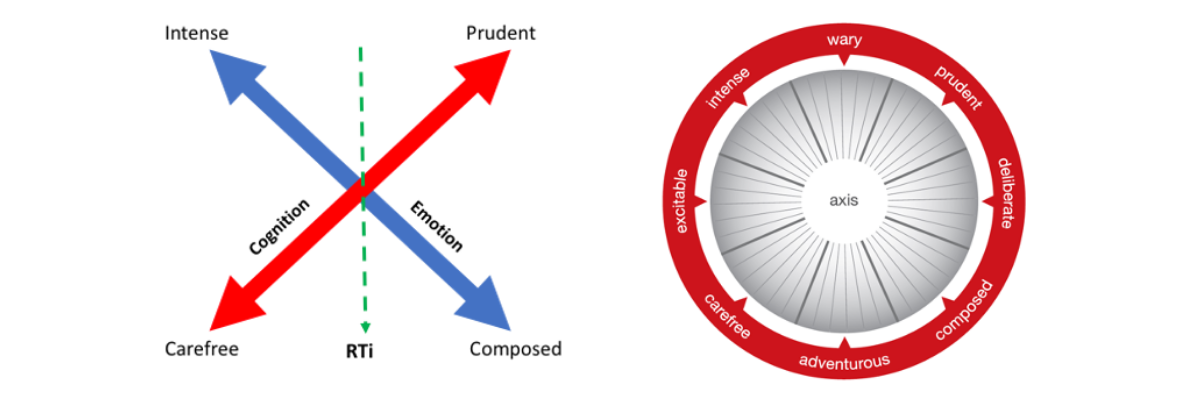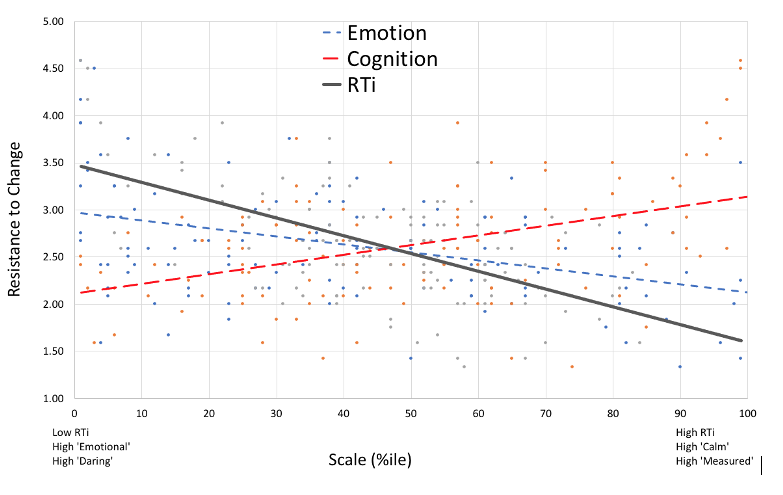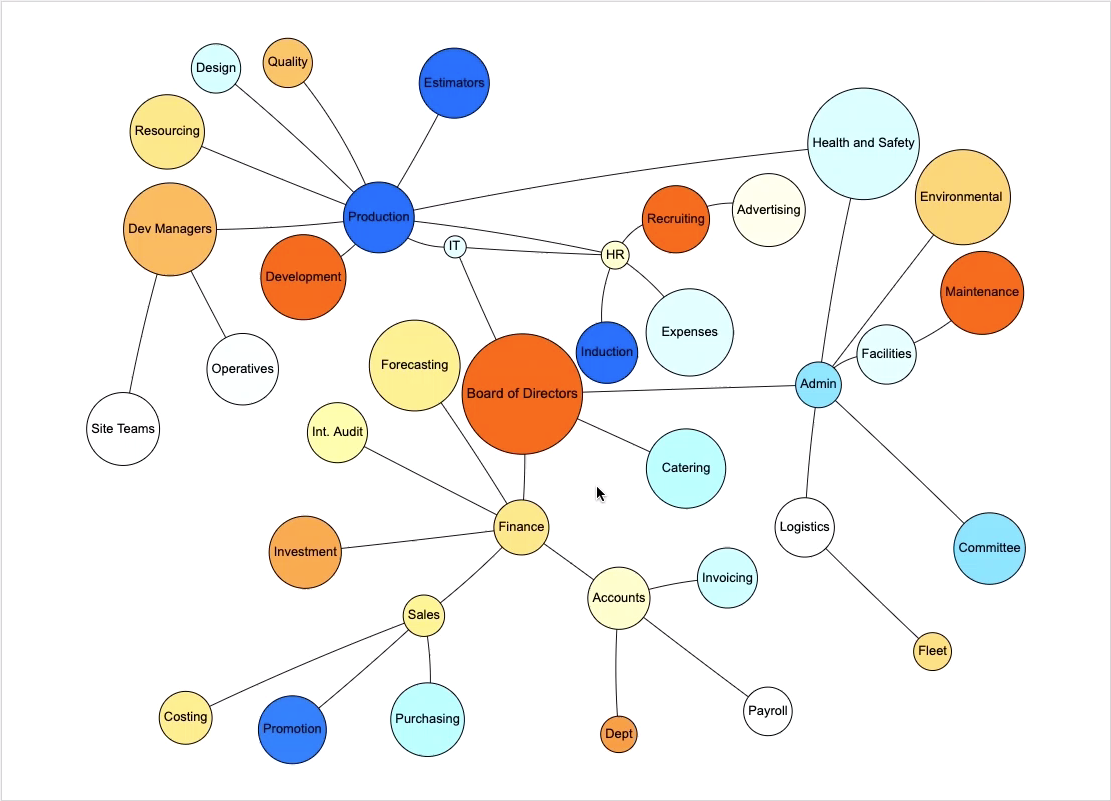2018 saw PCL’s publication of the white paper ‘Resistance is futile: Risk disposition & achieving successful organisational change’. Conducted with the University of Edinburgh’s Charlotte Flohberg, the research strongly evidenced the extent and nature of influence that recipients have on the effectiveness of any change management process.
Since writing this paper, the importance of organisational change has exploded. To demonstrate this, simply ask yourself the following question:

With this in mind, it’s worth recapping some key points from our research, starting with the approach of change management.
Whilst elements of the discipline can be traced back several thousand years, the inception of modern-day change management is typically placed a little over one hundred years ago. Much of its focus during the 20th century centred on management structures at the organisational level.
In recent decades, this focus has been criticised for its misalignment with the main determinant for success – how change recipients react to organisational change.
This has led to a broadening of focus to incorporate the influence of the individual, and more specifically, characteristics like personality, affect, attitude and emotion.
One development embodying this shift was Oreg’s (2003) ‘Resistance to Change’ measure. This scale acknowledged the importance of the individual and aimed to determine their dispositional inclination to either resist or support organisational change. This provided an important insight for practitioners attempting to predict the likelihood that staff would engage with change initiatives.
Our research sought to determine if and how personality was related to dispositional resistance to change. Personality was assessed using the Risk Type Compass (RTC). Its focus on risk personality makes it especially pertinent to this topic, as it identifies antecedents that help predict decision making, threat perception and reaction to unpredictable situations.
The RTC collects a range of personality metrics (see Figure 1). These include scales focusing on Emotion (Emotional:Calm), Cognition (Daring:Measured) and Risk Tolerance (Risk Tolerance Index – RTi). The latter is a composite measure of the influence of personality on an individual’s risk-taking propensity.

Figure 1. Structure of the Risk Type Compass’ underlying scales (left) and resulting ‘Compass’ (right) that overlays these scales
The goal of the research project was to determine whether individuals’ risk personality predict their likelihood of accepting or resisting organisation-led efforts to change. The former was assessed using the RTC scales, and the latter was measured using Oreg’s (2003) Resistance to Change scale. Figure 2 below illustrates the relationships between these various measures after they were administered to a sample of 121 participants.

Figure 2. Lines of best fit for RTC scales and Resistance to Change
Figure 2 above visually depicts the relationship between scores on Oreg’s (2003) Resistance to Change scale measure and the scales of the RTC. What immediately becomes apparent from the lines of best fit is that both the Emotion (Emotional:Calm) and Cognition (Daring:Measured) scales provide predictive insight into change resistance reported by participants, and that this insight increases when these scales combine to form the Risk Tolerance Index (RTi).
The most risk tolerant participants (i.e., participants scoring towards the ‘Calm’ and ‘Daring’ ends of the RTC scales) were the least likely to report greater resistance to change. This was confirmed through group analysis that found the sample’s ‘Adventurous’ Risk Types reported the lowest Resistance to Change scores.
These findings clearly demonstrate that personality, as assessed using the RTC, significantly predicts how staff will react to organisational change initiatives.
It is important to stress that these individuals should not simply be viewed as ‘problems’ for management to resolve. Change initiatives can be fraught with inaccuracies and errors that undermine success, even when they possess whole-hearted support from the workforce.
Adopting change strategies that leverage the cooperation and enthusiasm available within the work force and listening to the concerns of staff members who are temperamentally risk averse is likely to maximise buy-in for a change plan that is more likely to deliver.
The application of this understanding does not stop at the individual level. The RTC can not only provide group summaries of Risk Type distributions, but organisation-level too. Figure 3 below illustrates a ‘Risk Landscape’ output that shows how this can be illustrated.

Figure 3. The Risk Landscape
This illustrates where within the organisation the concentrations of potential resistance and cooperation are to be found. The example above uses the RTi averages of each department with orange and blue denoting low and high RTi respectively. This is further illustrated by the shade of the colour, with lighter shades indicating average scores closer to the middle of the scale. The Risk Landscape can draw from any RTC scale, not just the RTi.
In conclusion, our research demonstrates the important role individuals, and more specifically their personality, can play in the acceptance, and ultimate success of organisational change initiatives. Using a valid and reliable scientific approach like the RTC to assess personality may therefore represent the difference between success and failure.
To read the full research, click HERE
What’s Your Risk Type?
The Risk Type Compass tool assesses the individual way in which each of us approach decision-making. With one person’s risk being another person’s opportunity, our risk personality will have a subsequent impact on individual performance, team development and act as a catalyst in building an effective organisational culture.
To find out where you sit on the compass, take a complimentary version of our Risk Type Compass Assessment by clicking here.